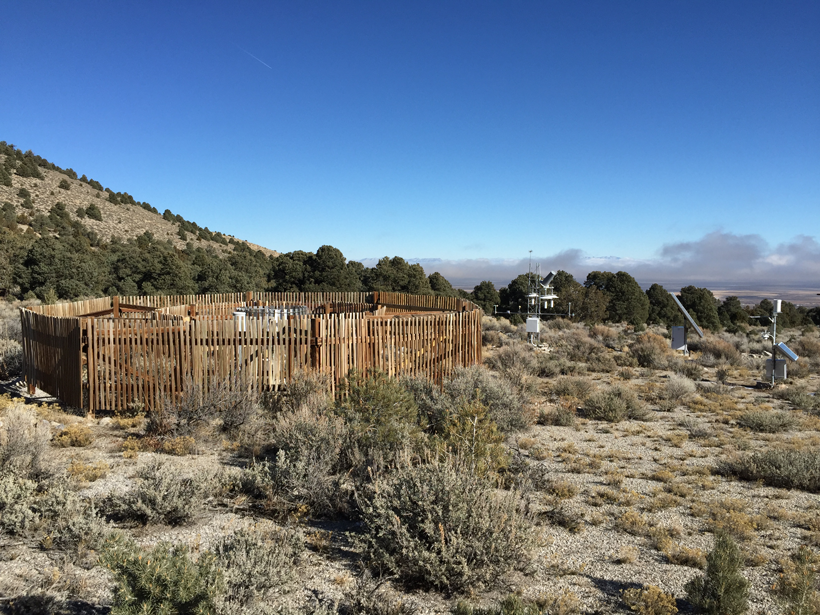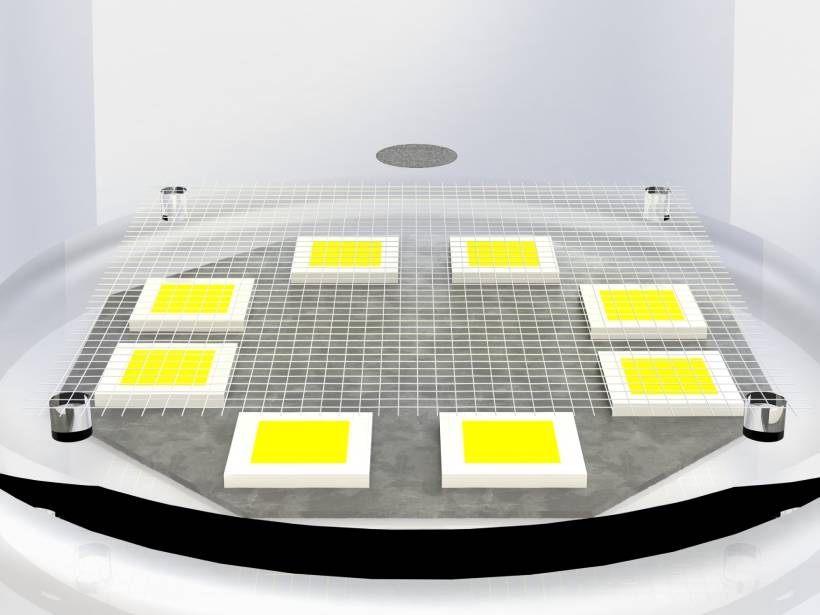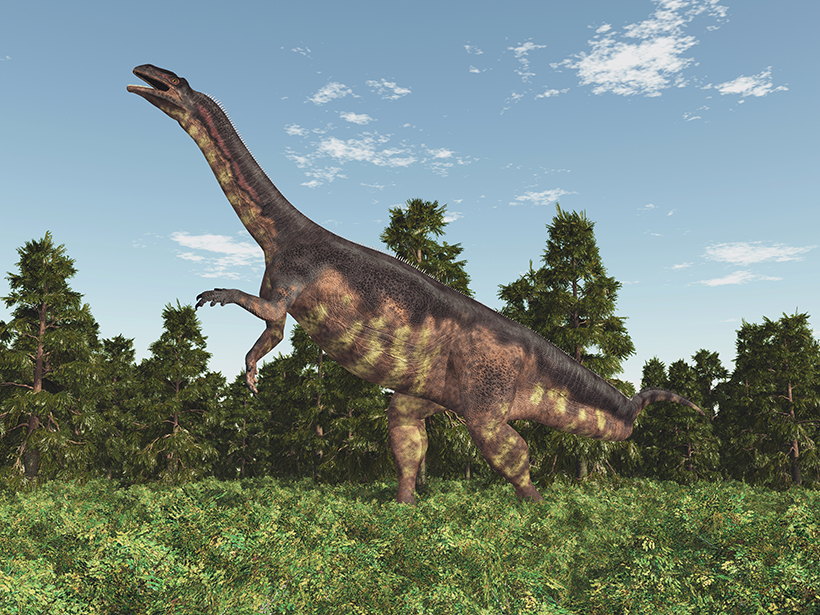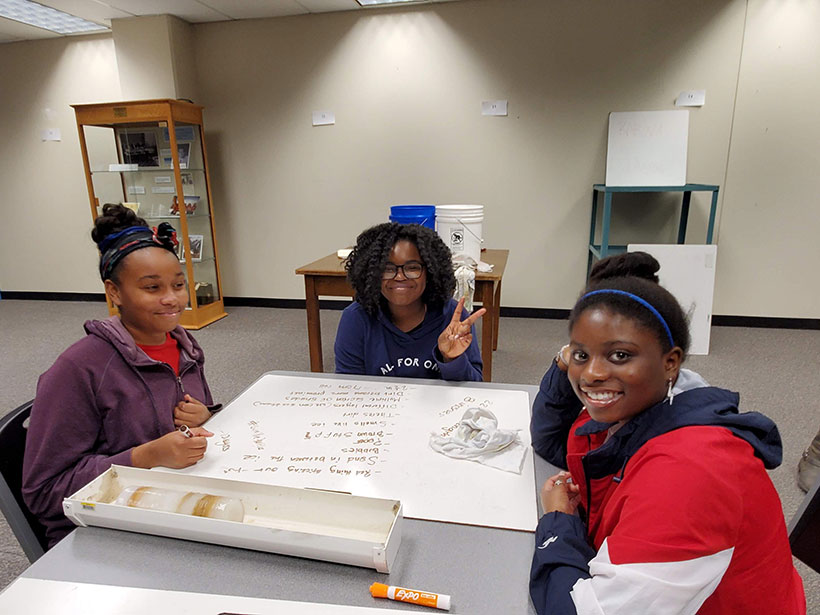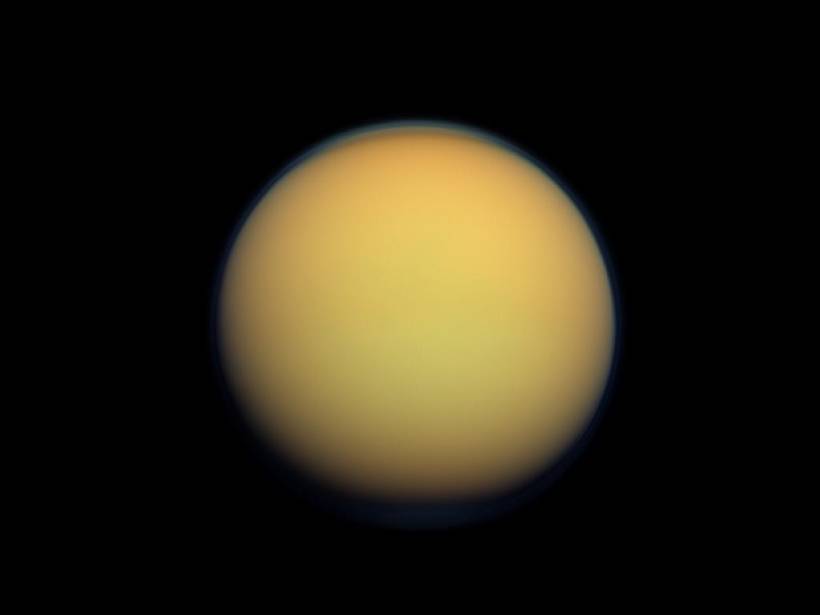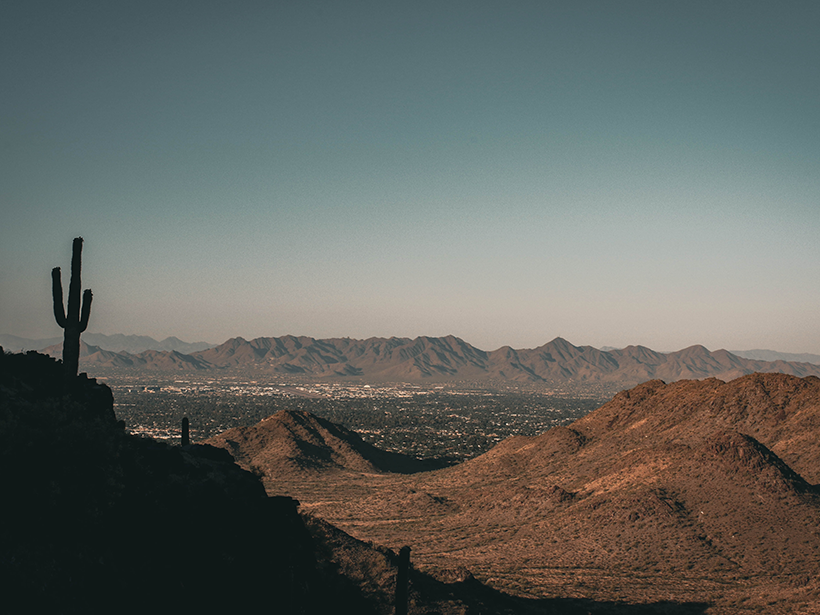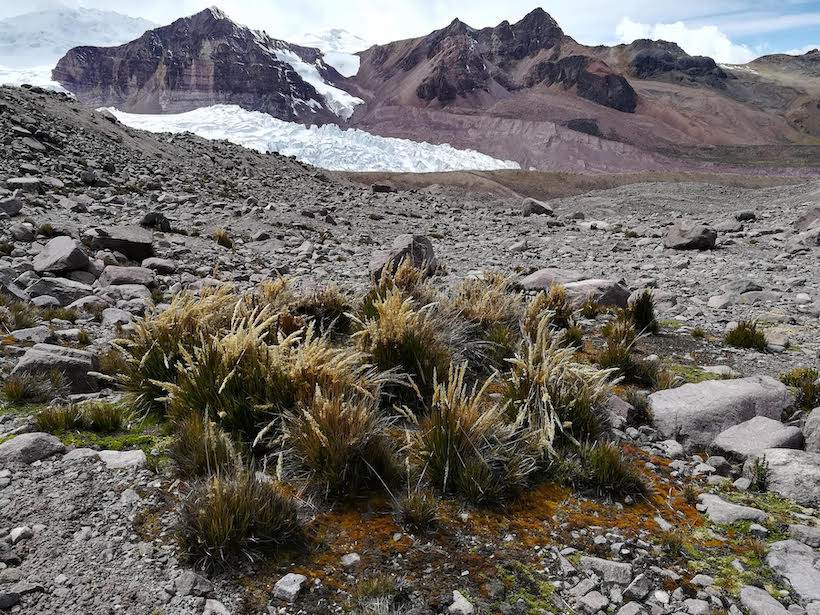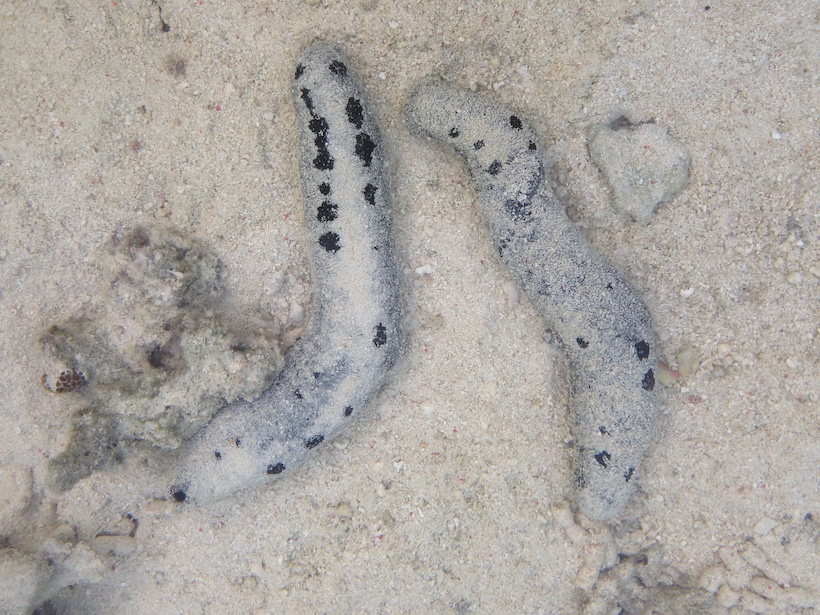Researchers hope that a network of highly consistent climate-observing sites will resolve long-standing issues with climatological data.
News
Flying Saucers Could One Day Probe the Mesosphere
Researchers have created thin, levitating disks that could be used to study the mesosphere, a layer of Earth’s atmosphere that’s difficult to reach with conventional flyers.
A Dip in Atmospheric Carbon May Have Facilitated Dinosaur Dispersal
Herbivorous dinosaurs migrated north across Pangea beginning about 214 million years ago, coincident with a downturn in atmospheric carbon dioxide levels.
Rocket Mission Conjures a Ghostly Noctilucent Cloud
Night-shining clouds can be diagnostic tools to better understand how human activity is changing the meteorology of the mesosphere.
Cold Curriculum for a Hot Topic
Educators at ice core labs teach students hands-on lessons about climate change.
A Window into the Weather on Titan
Cassini’s final flybys of Saturn’s largest moon may have captured a temperature drop due to rainfall, one of the first observations of weather changes on Titan.
Racist Slurs in Place-Names Have to Go, Say Geoscientists
An open letter from geoscientists supports a bill to remove racist slurs from federally recognized lakes, creeks, canyons, and other small landforms.
Vicuña Poop Nourishes “Dung Gardens” High in the Andes
The excrement delivers nutrients like phosphorus and nitrogen, kick-starting islands of vegetation at the edge of the cryosphere.
El Monte Everest a veces puede sentirse más bajo que el K2
Las variaciones de la presión atmosférica en la cima del Everest afectan a la disponibilidad de oxígeno, modificando la percepción de la elevación de la cumbre unos cientos de metros.
Sea Cucumbers: The Excremental Heroes of Coral Reef Ecosystems
Drone surveillance reveals just how big a contribution sea cucumbers make to reef habitats.

